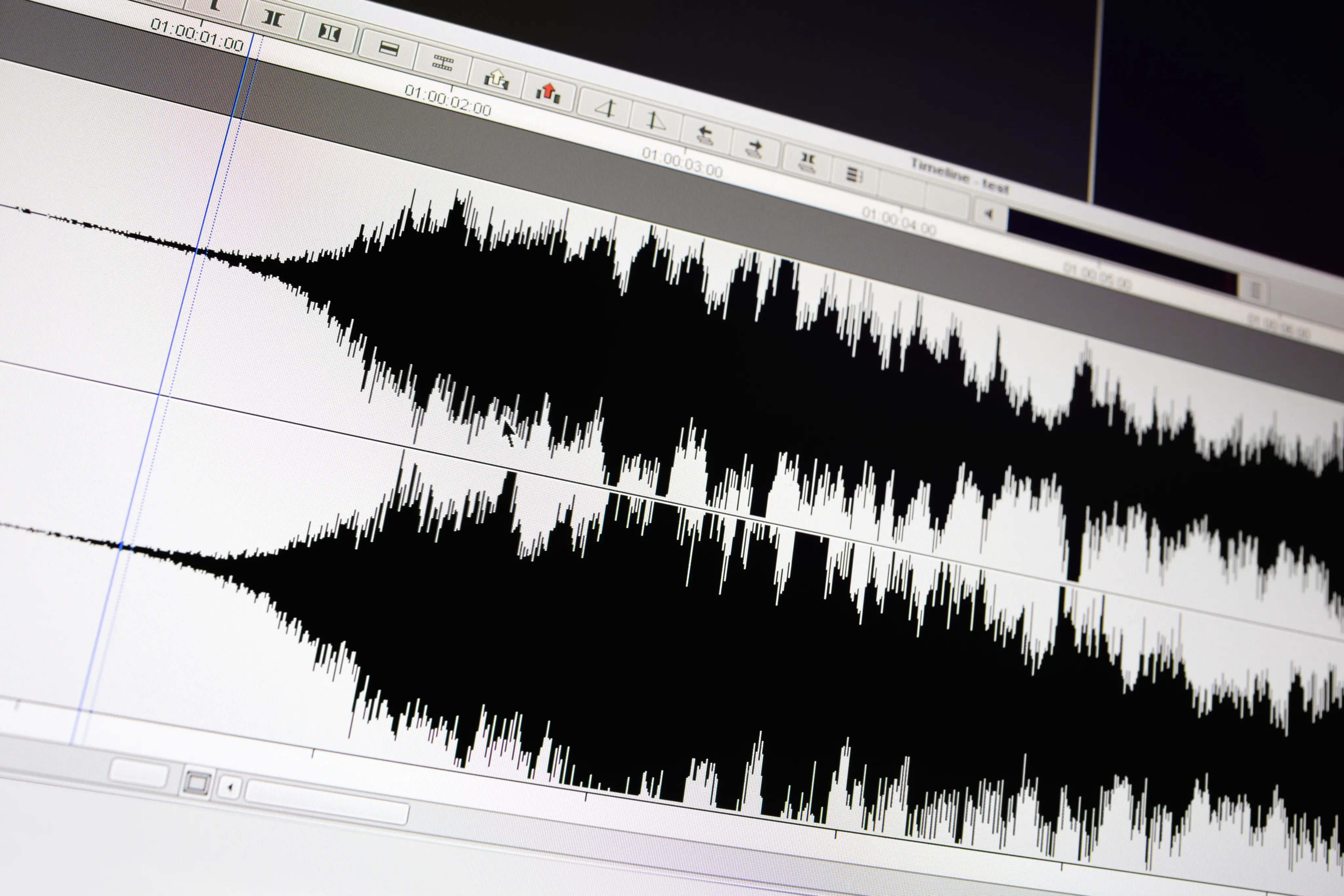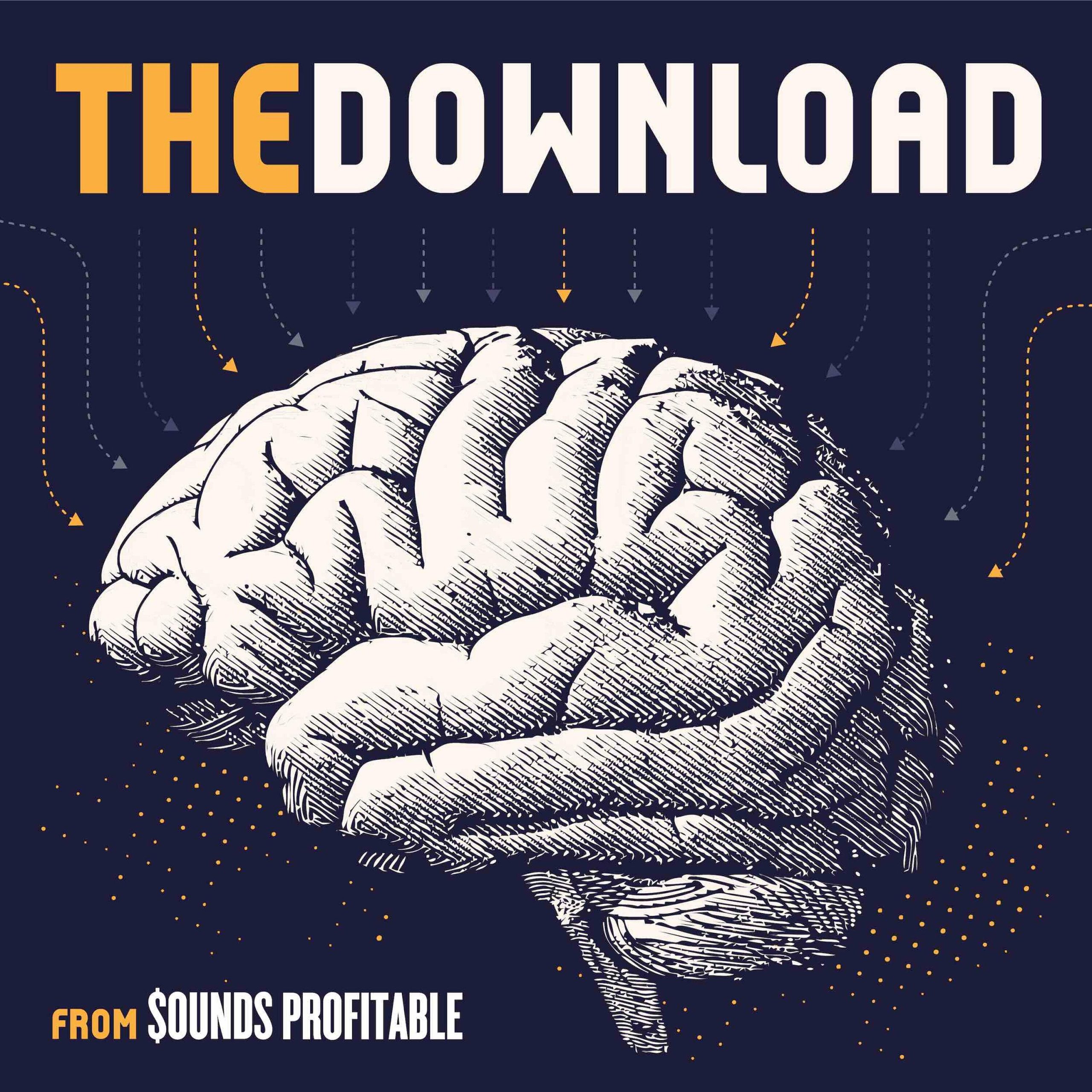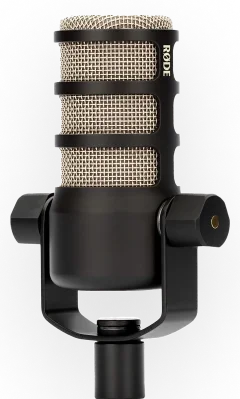This week: Why sports podcasts are a slam dunk for podcast advertisers, our quarterly earnings roundup, how the buy-side of advertising defines ‘premium’ content, how podcast advertisers are embracing Latino podcasting, and Netflix launches their ad-supported tier.
Why sports podcasts could be a slam dunk for advertisers who know how to navigate the in-demand space
Shreya: There’s no denying the synergy of sports and advertisers during regular game seasons, but a new article from MarketingBrew’s Alyssa Meyers highlights how podcasts can easily fill that gap the rest of the year.
“The sports podcast genre is among the top five most popular in the US, according to Edison Research, and the percentage share of ad revenue for that category more than doubled from 2020 to 2021, according to the Interactive Advertising Bureau.”
Several of Meyers’ sources stress that sports is one of the most in-demand podcast genres for ad buyers. Steven Abraham, president of the Oxford Road, said the agency’s biggest clients are interested in the space due to its reach with an active and engaged audience.
“A good sports-podcast media plan includes both, according to Abraham. Major shows that cover entire leagues or sports news in general can provide the benefit of reach, but fan-led shows that focus on specific teams tend to be more targeted and affordable, he said.”
Regardless of a show’s popularity, the CPM of a sports podcast has the benefit of flexibility even in the off season. Locked On Podcast Network CEO David Locke reports listenership spikes more during off-season times like trade deadlines than during important games during the normal season.
Traditional media has spent decades refining their infrastructure around courting sports fans when players are on the court. Podcasting has the flexibility and staying power to capitalize on sports fandom’s dedication for their favorite pastime and make sporting content a perennial avenue for advertisers.
Podcasting Companies Post Q3 Earnings
Manuela: It’s time for what’s becoming a quarterly event here on The Download: quarterly earnings reports are here!
Most of what we’re reporting on today has been released in the past week, but in the interest of gathering everyone together, we’ll open with Spotify. As we covered back in October, Spotify shares dipped after their earnings call, in which CEO David Ek announced price increases coming in 2023.
In good news for Big Green: they report 456 million monthly active users, up 20% year over year, 195 million of which are paying subscribers, representing a 13% year over year jump.
iHeartMedia is up 7% year over year on revenue, with a Q3 total of $989 million. Their Digital Audio Group revenue hit a 23% year over year increase, with podcast revenue hitting $91 million dollars.
On Wednesday Veritone posted their Q3 financial report. $37.2 million in revenue with 64% year over year growth.
Audacy’s financial report shows total revenue down 3.8% year on year. Their Digital revenue, including podcasting, made $62 million in the quarter. As Podnews James Cridland reports, this is up 2% year on year but 10% down quarter on quarter. Cridland also said:
“The company is threatened with stock market delisting; stock hit a record low of $0.27 yesterday.”
Acast’s Q3 has been positive with revenue up 21%, amounting to $29.8 million USD when converted from Krona. In their significant events recap they list the Podchaser acquisition, the partnership with Wondery to translate and record successful podcasts in Italian, and their agreement with rep The New York Times and sell UK ad space on NYT podcasts.
They also note Amazon functionally purchasing all ad space on Acast podcasts through the deal struck just after the reporting period so Amazon can run Acast shows ad-free for Amazon Music subscribers.
How the buy-side of the ad industry is now defining ‘premium’ content
Shreya: On Wednesday Ronan Shields, writing for Digiday, published a piece covering how the buyer side of the market is defining premium ad content and the general mood of the industry in regards to the looming threat of recession. The piece quotes panels from multiple relevant conferences in New York City last week.
“Just about everyone in the industry is bracing themselves for a recession with swinging cuts to advertisers’ budgets expected, fellow panelists Jesse Fisher from Horizon Media and GroupM’s Esra Bacher offered insights into how marketers would make budgeting decisions. They both pointed out how priorities will delineate depending on whether they are an emerging or mature brand.”
Fischer predicts smaller brands will focus more on awareness campaigns instead of focusing on ROI.
“But if you look at a more mature brand, you know that’s really well positioned… they might shift spend into more measurable channels and types of activations because they really want to make sure that if they’re spending a million dollars, they’re able to see $1.1 million in ROI.”
Programmatic Investment Lead at GroupM Esra Bacher suggests marketers and media agencies have evolved enough to withstand the brunt of an anticipated economic downturn better than the 2008 recession that lead to sweeping cuts.
While DSPs and premium publishers are using tools like The Trade Desk’s OpenPath to form direct relationships, media agencies are similarly getting together with supply-side platforms. An anonymous source at Brand Safety Week told Digiday:
“It’s not possible for us to talk to 10,000 publishers, but it is possible for us to talk to 50 SSPs. So, we might look to see how much we’re spending with, say, 10-15 publishers via DSPs, and then look to see which SSPs have unique supply, unique data… and transparency on things like show-level data…”
Podcast listening by US Latinos is on the rise. Are ad dollars following suit?
Manuela: Back in August the third annual Latino Podcast Listener Report from Edison Research was published, as dedicated listeners might remember from our coverage. The report delivered promising news, including the statistic that 59% of US Latino adults have listened to a podcast at least once.
This past Wednesday Alyssa Meyers, writing for MarketingBrew, covered both the highlights of the report and how the podcasting industry is adjusting to the rise in Latino audiences.
Latina Podcasters Network and Latino Pods CEO Rita Bautista says their stable of 40+ podcasts broke six figures in ad revenue so far in 2022, working with brands like Ulta Beauty, Pfizer, and Gold Peak. The network does not run prerecorded ads, preferring host-read copy to ensure authenticity.
“There’s absolutely a lot of interest in the Hispanic opportunity by many advertisers,” said Jesus Lara, president of Univision Radio, including its Uforia Audio Network. “There’s other advertisers that will need a little more education.”
Lara stressed that authenticity has to be paramount when building ad creative. Ad Results Media VP of media operations and analytics Lisa Jacobs says she advises brands to only write copy in another language if they have someone fluent around to work on the translation. Jacobs told MarketingBrew this might seem self-explanatory, but there have been situations in the past where someone used Google Translate to try and convert copy to another language.
Bautista says she’s seeing brands follow the advice of people like Jacobs, though there is room to grow.
“The needle is moving. It’s not moving as quickly as it needs to be, but…I do commend these companies that we’ve been working with for trying their best, and making sure that they are working on these efforts, and asking for feedback, and looking towards the right types of networks to advertise with in order to get this right.”
Brands advertising on Netflix include Louis Vuitton, Subway, and Duracell
Shreya: Previously we’ve covered Netflix’s moves into making its cheapest tier an ad-supported one. Last week the platform officially launched the tier, charging $6.99 for ‘Basic with Ads’ in the US, as well as eight other countries. MarketingBrew’s Kelsey Sutton reports the ad loads are capped at four to five minutes of advertising per hour and the formats are pre-roll and mid-roll.
Sutton and others from MarketingBrew used accounts on the new tier to catch the new advertisement breaks in action.
“Brands we spotted while watching Gilmore Girls and Ozark included everything from luxury brands like Louis Vuitton, Tiffany & Co., and Bulgari to tech brands like Beats by Dre and Google. Apartments.com, Best Western, Booking.com, Cadillac, CeraVe, Duracell, Michelob Ultra, and Subway were also spotted in the mix.
Sutton reports the exercise found an average of three ad breaks per episode amounting to around 60 seconds total of midroll plus the preroll that ran before the episode began.
“It remains to be seen how many of Netflix’s ~223 million global subscribers will opt to watch with ads. In a poll last month, most Marketing Brew readers said they’d keep their existing ad-free subscriptions, but 14% each said they’d either sign up for Netflix on its ad-supported tier for the first time or switch their existing ad-free subscription to the ad-supported tier.”
The new service isn’t quite plug-and-play just yet, as Netflix has to renegotiate licensing agreements with studios before it can run advertisements on their properties. They also appear to still be working on implementing the measurement tools produced by their partnership with DoubleVerify, Integral Ad Science, and Nielsen.
While Sutton mentions some advertisers are waiting in the wings to gauge the public’s reaction to the new tier, it’s clear plenty of big-name advertisers are interested in buying ad space on premium content. Netflix’s CPM for their new ad slots has been reported between $60 and $80. It’s exciting to see both the interest and the price holding in a buyer’s market.
Now to see if Netflix can deliver long-term. For now we can only watch, both literally and figuratively.
Quick Hits
Shreya: Finally, it’s time for our semi-regular roundup of articles we’re calling Quick Hits. These are articles that didn’t quite make the cut for today’s episode, but are still worth including in your weekend reading. This week:
The holiday campaigns have begun- here’s what we’re seeing so far by Katie Hicks for MarketingBrew. A breezy breakdown of what tact major brands are taking with their holiday season campaigns this year, with trends developing around addressing inflation and families celebrating together.
These Are the Salaries Warner, Amazon and Sony Offer For Audio Jobs by Ashley Carman for Bloomberg. Last week’s issue of Carman’s newsletter Soundbite features a look at salaries for a variety of companies working in audio now that New York City has passed a new law requiring good faith salary ranges on open positions.


 "
"



